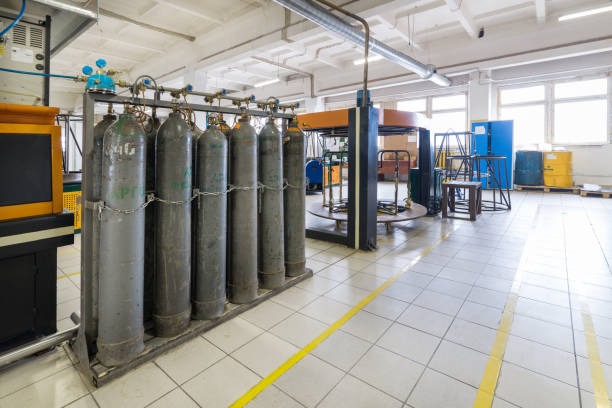Building Resilient Supply Chains in the Digital Era
Understanding Supply Chain Resilience
In today’s interconnected world, organizations are placing greater emphasis on strengthening supply chain resilience. Disruptions caused by natural disasters, market fluctuations, or global events can quickly impact operations, making adaptability a critical priority. Leveraging digital tools such as real-time tracking, predictive analytics, and automated systems allows businesses to anticipate risks and respond with agility. Building resilience means reacting to crises and designing supply chains that remain steady under pressure and flexible enough to adapt to changing demands.
An essential element of resilience involves rethinking logistics strategies. To maintain stability, businesses often evaluate transportation modes, cost efficiency, and delivery timelines. For example, decisions around LTL vs full truckload shipping can influence how quickly and effectively goods move through the supply chain. By balancing efficiency with flexibility, companies are better prepared to handle disruptions, minimize delays, and ensure consistent customer service in uncertain environments.
The Role of Digital Transformation
Digital transformation, integrating advanced technologies into all business facets, redefines supply chain management. Technologies like artificial intelligence (AI), the Internet of Things (IoT), machine learning, and blockchain are now essential in enhancing transparency, speed, and accuracy within supply chains. Embracing these systems ensures companies can better anticipate risks, efficiently track shipments, and swiftly implement contingency plans.
Research from leading consultancies suggests that organizations actively investing in digital transformation realize substantial cost savings, improved agility, and faster recovery from interruptions. As visibility improves along the supply chain, companies can quickly pivot in response to disruptions—a core component of resilience. A robust digital supply chain also empowers businesses to analyze trends and optimize routes proactively, keeping up with fluctuating market conditions and global events.
Key Digital Tools for Enhancing Resilience
Advanced digital tools are central to a truly resilient supply chain. Some of the most impactful technologies include:
- Real-Time Data Analytics: Data analytics platforms help organizations gather, process, and evaluate information instantly, allowing leaders to make agile decisions in response to supply chain disturbances.
- AI and Machine Learning: These technologies predict potential bottlenecks, fluctuations in demand, and possible supply interruptions, enabling organizations to adjust their operations proactively.
- Blockchain Technology: By ensuring transparency and traceability, blockchain reduces fraud risk and builds trust in multi-party supply chain arrangements.
- IoT Devices: IoT sensors monitor the health of inventory, vehicles, and equipment in real time, reducing surprise failures and downtime.
Incorporating these tools can transform conventional supply chains into agile, adaptive ecosystems that respond quickly to change and are better insulated against disruptions.
Challenges in Implementing Digital Solutions
The path to a digitally resilient supply chain is not without obstacles. Key challenges include:
- High Initial Costs: Robust digital tools and infrastructures require significant upfront investment.
- Integration Issues: Aligning new digital platforms with legacy systems can be complex and time-consuming.
- Cybersecurity Risks: Digital supply chains are susceptible to cyberattacks, which can compromise sensitive data and operations.
- Skill Gaps: Employees often require new training to leverage digital tools and analytics effectively.
Addressing these challenges involves financial investment, organizational change, cybersecurity upgrades, and continuous workforce development.
Future Trends in Supply Chain Resilience
The future of supply chain resilience lies in a more profound commitment to digital integration and collaboration. Emerging trends shaping the next wave of resilient supply chains include:
- Increased Automation: Robotics and AI will handle repetitive, high-volume tasks, minimizing human error and speeding up processes.
- Enhanced Collaboration: Cloud-based platforms will foster stronger, data-driven relationships between suppliers, shippers, and customers.
- Sustainability Focus: Companies increasingly embed eco-friendly and circular economy principles into their supply chain strategies.
- Advanced Predictive Analytics: More refined analytics will help businesses detect and deflect risks long before disruptions occur.
Staying attuned to these trends and continuously innovating will ensure supply chains remain resilient despite ongoing global uncertainties.
Conclusion
In today’s unpredictable environment, resilient supply chains are fundamental for business continuity and growth. Companies that embrace digital transformation and leverage the right mix of advanced tools and strategies will be well-positioned to anticipate and recover from disruptions. By investing in technology, addressing implementation challenges, and remaining agile, organizations can develop robust supply chains ready to meet the demands of the modern world.







